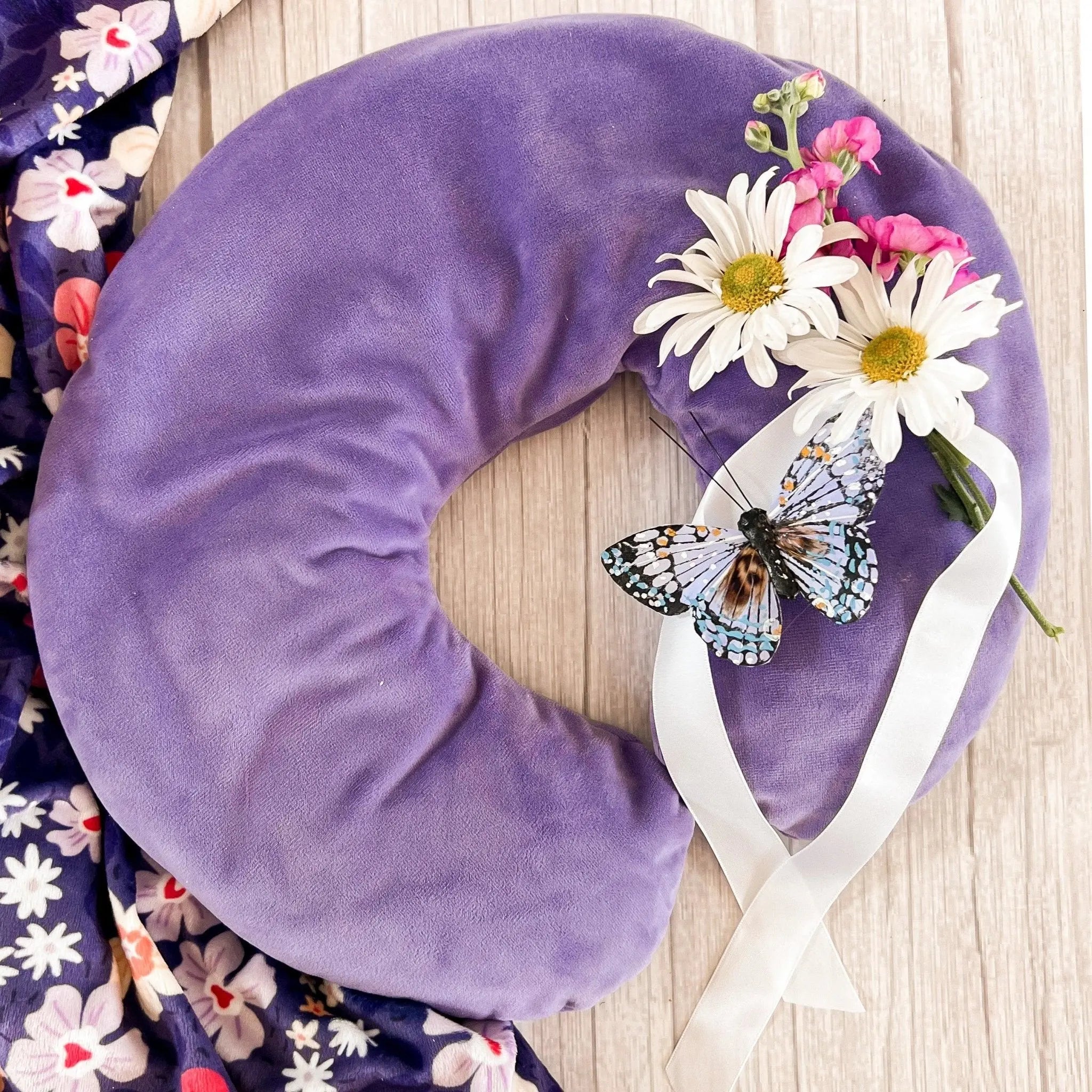Birds are chirping in the wee hours of the morning, sprigs of grass and hints of bulbs planted last fall are peeping through the snow, the sun is waking earlier and retiring later. Those first signs of spring are plenty to be excited about. At Lavender Life Company, we sure are; after all, spring marks the emergence of our lovingly sowed lavender fields—and the start of a new growing season.
While there is much to look forward to in spring, it also brings the onset of Daylight Saving Time, which always begins the second Sunday in March. And, so, the beloved vernal equinox comes with a price: one hour of precious sleep. That may not seem like much, yet we all know that feeling of not getting quite enough rest—and 60 minutes is actually quite substantial. Aside from being a bit more grumpy or needing an extra shot of espresso in our dirty chai, the sleep deprivation associated with Daylight Saving Time—sometimes called the DST Effect—can have profound consequences. Some people regulate quickly, while others may take a week or two to get back on track. Research shows an increase in fatal car accidents, strokes, heart attacks, and workplace injuries in the days that follow our spring forward. That’s something to take seriously!
So, let’s see if we can put this problem to bed. Sleep issues are common in our daily lives, whether chronic or circumstantial, and we’ve written before about ways to improve sleep with something we know a lot about: Lavender. Getting consistent, quality sleep on the regular is important, and even if you’re dedicated to your recommended 7-9 hours (the standard for most adults), an abrupt change like DST is bound to shake that up.
Try these tips to minimize the impact:
- Ease into the change by going to bed a bit earlier in the days leading up to DST. Even an extra 15-20 minutes can begin to shift your cycle, making it less of a struggle when the alarm interrupts your blissful slumber.
- Swap sleeping in for a brief afternoon nap. Since DST occurs on a Sunday—a day when some of us might like to extend our Zzzs—it could be tempting just to make up the lost time all at once. This will just push your reckoning to Monday. Instead, consider a short nap to refresh, and make sure it’s not too late in the day to keep from imposing on your bedtime.
- Take a walk. Confusion of our circadian rhythms is at the heart of the DST upheaval, so getting outside and soaking up some sunlight and vitamin D during the day—the earlier the better—is a good way help synchronize your internal clock. Avoiding light at night, especially screen light from our devices, is another counter tactic.
- Make sure you haven’t already built up a sleep debt. If you’re going into DST deprived, the earlier rise will be an even ruder awakening. Establishing a regular sleep pattern seven days a week is one of the best ways to avoid persistent fatigue.
And, that brings us back to lavender! Calming lavender can help support your efforts to overcome the DST Effect and get back to loving everything that spring brings! Shop aromatherapy, neck wraps and eye pillows, teas and more to help send you into sweet sleep.

































